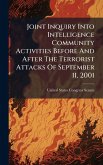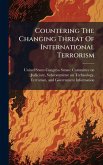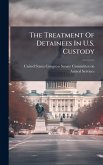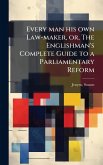On 22 July 2004 the 9/11 Commission released its report on the events surrounding the attacks of 11 September 2001. The 9/11 Report renewed calls for reform of the intelligence community (IC), continuing a long series of intelligence reform efforts that began shortly after the National Security Act of 1947 laid the foundation of the modern IC. As reform proceeds and government officials consider further changes, three topics remain relevant: (1) the 1986 Goldwater-Nichols reform of the Department of Defense and its applicability to the IC, (2) the common findings and recommendations of past reform efforts of the IC, and (3) the competing interests inherent in the IC that influence the pace and character of actual reform. This study explores these topics in the context of the 9/11 Report and the subsequent reform efforts initiated by the executive and legislative branches. While there was common motivation between the latest effort to reform the IC and the earlier DOD reform effort as embodied in the Goldwater-Nichols Act, it remains less clear if the measures taken in the DOD case are equally applicable to the IC. One reason to question the applicability of DOD reform efforts to the IC is the unique organizational context of the IC-an interagency organization supporting multiple departments as well as national policy makers. Reform of the IC is unlike reform of a single cabinet-level department, for at its most basic level the IC exists to enhance the effectiveness of multiple departments and senior policy makers in the accomplishment of their assigned functions. In short, the IC serves varied interests with sometimes shared and sometimes conflicting intelligence needs. This organizational context suggests that successful reform requires an on-going recalibration of competing interests to meet the changing demands inherent within a dynamic national security environment. This work has been selected by scholars as being culturally important, and is part of the knowledge base of civilization as we know it. This work was reproduced from the original artifact, and remains as true to the original work as possible. Therefore, you will see the original copyright references, library stamps (as most of these works have been housed in our most important libraries around the world), and other notations in the work. This work is in the public domain in the United States of America, and possibly other nations. Within the United States, you may freely copy and distribute this work, as no entity (individual or corporate) has a copyright on the body of the work. As a reproduction of a historical artifact, this work may contain missing or blurred pages, poor pictures, errant marks, etc. Scholars believe, and we concur, that this work is important enough to be preserved, reproduced, and made generally available to the public. We appreciate your support of the preservation process, and thank you for being an important part of keeping this knowledge alive and relevant.
Bitte wählen Sie Ihr Anliegen aus.
Rechnungen
Retourenschein anfordern
Bestellstatus
Storno








